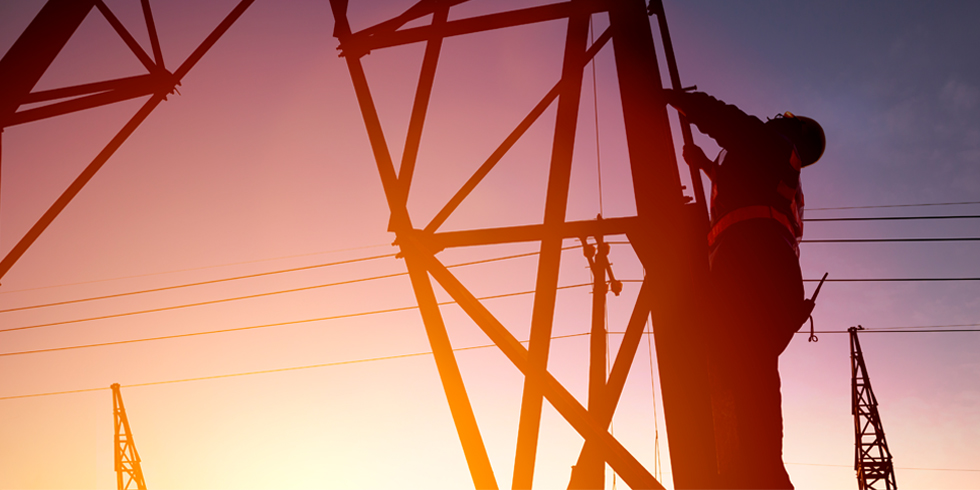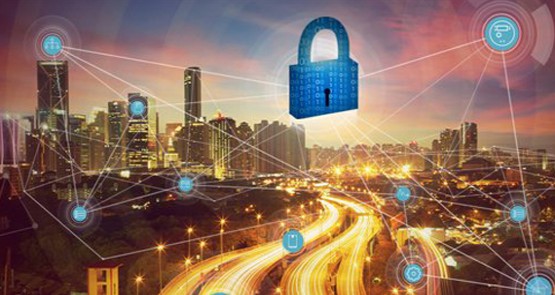 Powering Outage Avoidance and Restoration
Powering Outage Avoidance and Restoration
Overview
Electricity is a mission-critical function of global economic growth. It powers the Internet, cities, neighborhoods, and almost every aspect of our modern existence. Power outages, as a result, can cause severe economic disruptions that are costly - to the tune of $150 billion each year in the U.S. alone. Even worse, outages are on the rise, increasing by 124% in the U.S. over the past two decades.
Despite grid advancements and utilities’ commitment to restore power around the clock, outages frustrate customers who expect service ubiquity. Because the low voltage grid lacks embedded and distributed intelligence, utilities cannot automatically detect small-scale outages when they occur; they largely rely on customers to call and report failures. Restoration is verified by calling the customer or sending a field technician to see if lights are back on at the premise. Large outage restoration is a slow, manual process of trial and error, with field technicians patiently restoring power one segment at a time to avoid the cold load pickup problem.
NES provides an innovative solution for utilities to greatly improve their response to outages: the NES Patagonia platform. Built on NES’s more than 15 years of proven, trusted, and unmatched experience in the utility and control networking markets and its software innovation, NES provides an open, secure multi-application framework that hosts much-needed smart grid applications. Taking advantage of the intelligent distributed control capabilities of the Patagonia platform, Smart Grid apps can integrate information from many different types of devices at the edge of the grid - the critical point where the distribution network connects with customers.
As an application-ready platform, the DCN empowers a new generation of apps that can distribute the power of control required for a smarter grid. NES apps make local, autonomous control decisions in near real-time for maximum reliability, survivability, and responsiveness. Like loading apps onto a smartphone, utilities can deploy NES apps quickly and easily to optimize local grid efficiency, avoid or predict power outages, automate restoration of service, and meet micro distribution management challenges.
Helping utilities to conquer power outage challenges, NES apps have the unprecedented ability to share and correlate data such as medium voltage power, distribution transformer and meter status needed for near real-time detection, proactive troubleshooting, and improved response time to outages. These apps can also take advantage of powerful scheduling, alarming, and data logging apps and smart metering services - all built into the Patagonia platform. Now, utilities can deploy a new era of smart grid apps that improve reliability and survivability, and help distribute cleaner, more efficient energy at a lower operating cost. With the right detection and proactive response to power outage events, one day utilities might be able to eliminate avoidable outages altogether.
Unleashing a New Era of Power Outage Detection, Avoidance, and Restoration Apps
Utilities today face two challenges - they have no advanced warning indicating low power quality or imminent equipment failures leading to outages, and they have no or limited ability to detect small-scale outages when they do occur. The DCN brings unprecedented capability to solve both of these challenges. As a standard feature, the DCN includes sophisticated software and hardware that measures the signal strength across the power line in concert with intelligent NES meters and devices. As cables degrade and resistance increases, signal strength will fall, making it a leading indicator of line failure. Utilities can now have unprecedented visibility to see degradation in power lines, transformer temperature and loading, power quality and line signal strength at the end- customer’s premise to quickly identify any component running inefficiently or approaching the end of its lifetime, giving utilities the potential to see where their next outage may strike and take corrective action before it occurs. When outages do occur, the DCN provides the ability for NES Smart Grid apps to share data locally with other apps.
The Power of Intelligent Distributed Control for a More Self-Healing Grid
By placing intelligent distributed control nodes at the edge of the grid with the ability to sense and manage surrounding equipment, the DCN can automate service restoration. NES Smart Grid apps collect data from disparate devices at the edge of the grid to make local, autonomous decisions in near real-time. As a core capability of the Patagonia platform, intelligent distributed control nodes allow NES Smart Grid apps to share data and make decisions at the source, providing higher reliability, greater security, and faster response time at a lower cost. Using the sophisticated low voltage power line analysis hardware and software built into the DCN, NES Smart Grid apps cannot only automatically verify service restoration to the customer, but also use the available signal strength and power quality information after service is restored to ensure that no other underlying problems remain.
Cold load pickup can be managed by monitoring loads on transformers along the medium voltage feeder, and by sequentially re-connecting segments managed by DCN peers as the grid stabilizes. In the not-too-distant future, with more intelligent appliances, power could be restored even faster by intelligently holding back some of the heavier load items like pool pumps, air conditioning units, electric vehicle fast chargers, and clothes dryers, leading to improved customer satisfaction.
Open, Secure, and Extensible Hardware
The DCN provides an open, secure, and extensible hardware platform ruggedized and purpose-built for the smart grid. It is designed from the ground up to support any device and network technology, The DCN also provides built-in connectivity to a wide variety of devices, including power line networked devices for utility use (OSGP certified PLC devices). A number of other connectivity options are available, such as Ethernet, 2.4/5GHz IEEE 802.11bgn (Wi-Fi) access point and serial ports for connecting to DNP/DNP3 distribution automation devices or any other device with a serial interface, and digital I/O interfaces.
How It Works
The Patagonia platform is the open and extensible control networking infrastructure for the smart grid that enables intelligent distributed control applications and devices to deliver maximum reliability, survivability, and responsiveness. NES enables any device, protocol, and network to be integrated, and supports third-party apps build on standard interfaces and protocols. This allows utilities to distribute mission-critical intelligent control to the edge of the grid through a secure, managed framework. Information gathered from NES apps and devices is analyzed in near real-time to help utilities prevent outages before they occur, and to speed the detection, remote troubleshooting, and field response to outages when they do occur.
Enabling a Smarter Grid and Improving Customer Experience By avoiding outages, identifying equipment that is about to fail, and improving outage restoration systems, the DCN and NES Smart Grid apps running on it enables utilities to reduce their costs while delivering an improved customer experience. Fewer outages, happier customers, and a more intelligent grid: that’s the power of control at the edge of the grid, delivered by the NES System and its Distributed Control Node.

Fewer outages, efficient energy, a greener environment, reduced costs and happier customers. That’s the power of the Distributed Control Node.
